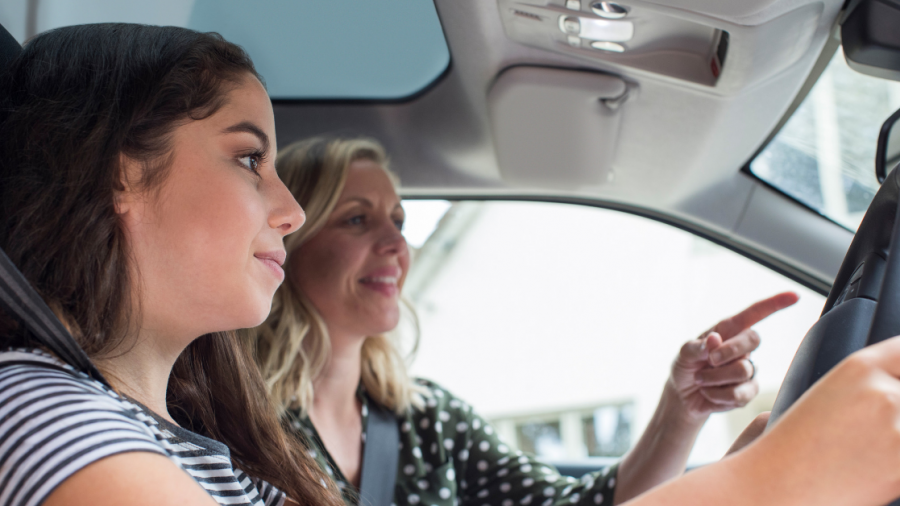Green slips for young drivers are expensive. They are new to the roads and lack of experience can be life threatening for them. In fact, road deaths in this age group are on the rise. By driving safely each year, young people should see the price of their greenslip come down.
Young drivers more likely to die on the roads
In 2021 to 2023, 19% of all road deaths each year in Australia were young people 17-25. This is proportionally high, considering only 14% of licence holders are this age. The Bureau of Infrastructure and Transport Research Economics (BITRE) says road deaths in this age group are rising and they currently have the highest fatality rate of all ages:
- 208 young people died in 2020 rising each year to 243 in 2023.
- The fatality rate in 2022 was 8.0, up from 7.4 per 100,000 in 2021.
- 18% of deaths in this age group were passengers, not drivers.
In NSW at April 2024:
- 65 young people aged 17-25 died in the last year, up 20%.
- Some 18% of road deaths are in this age group.
- They make up only 14% of licence holders.
It’s time to look at ways to stop the tragic increase in the deaths of young drivers and their passengers.
Do we teach young drivers properly?
We may not be teaching young drivers all the skills they need. Learners in the cities, for example, spend a lot of time driving at low speeds. When they do drive on the highway in NSW, they can’t travel faster than 90 kph. Yet most road deaths in 17–25s are at speeds of 100 kph. We can’t expect young drivers to be able to handle higher speeds if we don’t teach them.
Lack of experience combined with peer pressure give young drivers more encouragement to go at unsafe speeds. Meanwhile, they are not taught defensive or emergency tactics, such as braking, swerving or emergency lane changes.
Some young people are complacent about using a mobile phone while driving. A 2023 Budget Direct survey found nearly a quarter of 18–27s felt “comfortable” driving while using their phone.
The recent Road Safety Forum said it was time for a new road safety strategy aimed at, and designed with, young people. This would use more youth-centric channels, such as mentoring, influencers and community support to get the message across. It also wanted road safety education to be more integrated into schools and community programs.
Finally, most young people drive old cars. BITRE data from 2021 show 43% of cars driven by 17-25s in fatal crashes were 15-19 years old. It makes sense for young people to drive a newer, safer vehicle, where possible.
How much is a green slip for teenagers?
We used the greenslips.com.au Calculator to calculate green slip prices. Certain questions are important for teenagers who have their own car:
- Owner’s age
- Youngest driver’s age (probably the same)
- Youngest driver’s gender
- Do any drivers hold a provisional licence? (exclude L plates)
- How long has the least experienced driver held a licence (not including L plate)?
These are the prices for an 18 or 19 year old driver of an insured 2015 Hyundai i30 in a Metro or Country area, as at 1 June 2024:
| Metro | Country | |
| L plater | $736-741 | $509-512 |
| P plater | $736-741 | $509-512 |
Prices for L platers or P platers are the same, even though the L plater is supervised by someone more experienced.
In this example, parents with a teenage L or P plater driving their car pay the same price as that paid by the L or P plater in their own car. So it’s worth sharing a car and the cost of a green slip with parents.
The best way to save money on greenslips, in the future, is maintaining a clean driving history with no traffic offences, demerit points, or insurance claims.


your opinion matters: